
In late-1984 Alan W. Maples, president of the Everett Railroad of Claysburg, PA purchased the VBR from the original stockholders, who had retained a local accountant to effect the disposal of the railroad and all of its assets. The VBR had a large issue of mortgage bonds held by both the Cobb and Powell families (the major principals in the railroad), as well as substantial accrued interest due on the bonds. Maples paid approximately twenty-five cents on the dollar for the bonds and obtained the VBR stock for a nominal amount. The accrued interest was written off by everyone and there was also a loan due to the Small Business Administration which demanded immediate full payment.
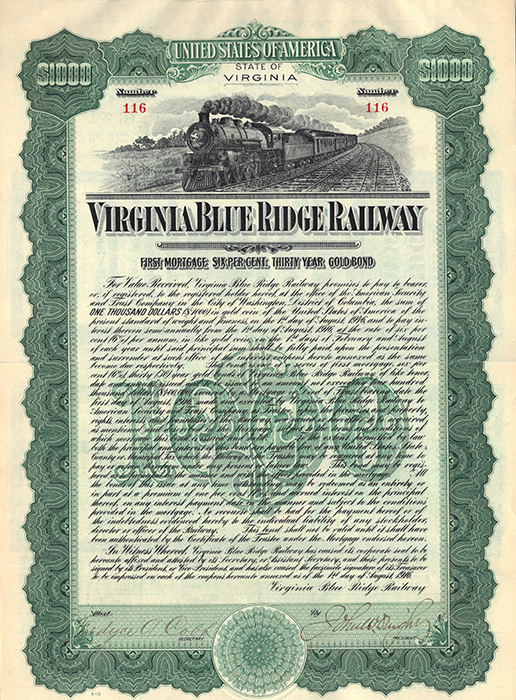
Maples considered keeping one of the VBR’s diesels, but in the end they were both sold off. The only equipment that was retained by the Everett RR was a motor car and the Burro Crane. After the closure of the VBR in 1980, the Cobb family donated some of the corporate records to Cornell University. Still later, more records were donated to the University of Virginia (UVA). Alan Maples honored this policy by donating the remaining VBR files he inherited to UVA as well.


Finally in May 1985, with Alan Maples technically being the last owner and president of the Virginia Blue Ridge Railway, the task of removing the rails and crossties was sub-contracted to the Stewart & Inlow Construction Company. With the scrapping of the VBR already in progress it became imperative to get the two remaining locomotives off the property. On April 6, 1985, engines 10 & 12 were fired up and gingerly made one last sad journey over the weed-grown line to Tye River. Fittingly, veteran VBR locomotive engineer Marion Sprouse was at the throttle of No. 10 on the last run.

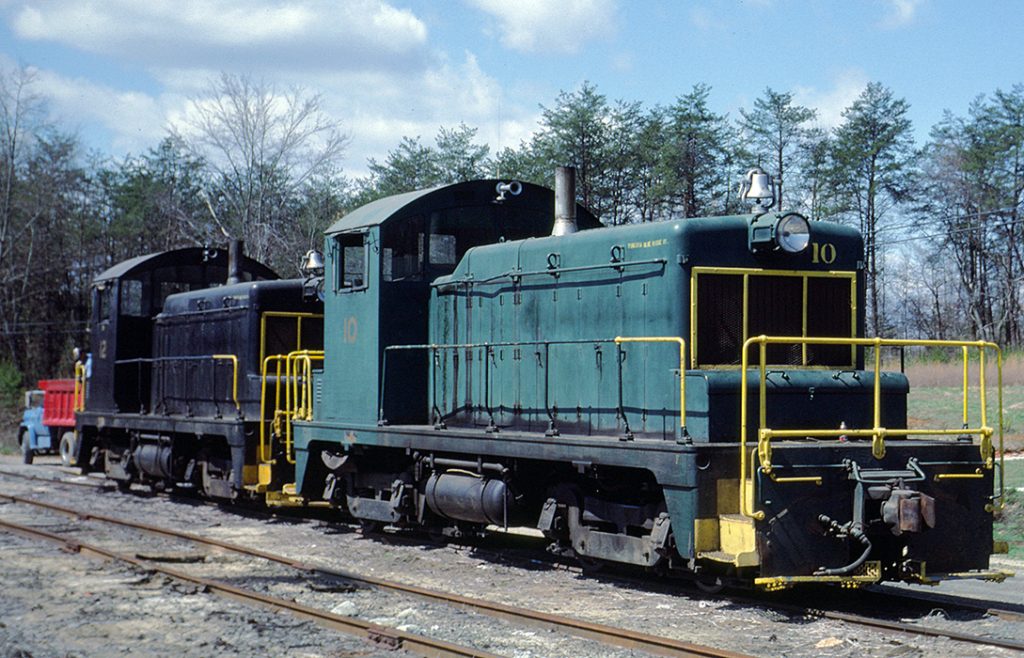

After several dismal attempts to dispose of the right-of-way, it was finally sold outright to Amherst, VA attorney Stephen C. Martin who desired the land for a proposed horse trail. Martin had worked with Maples on some of the legal issues with regard to the disposal of the VBR. Years later, Martin became one of the leading proponents of the future Virginia Blue Ridge Railway Trail
The Virginia Blue Ridge Railway was but a single track line, originally laid out in a typically backwoods rustic fashion, consisting of light rail and very little ballast. During the prosperous era of the 1950’s the line from Tye River to Piney River and Westward to the aplite plants was relaid with heavier rail, set upon a solid rock ballast roadbed. The railroad even erected a small facility alongside their Piney River enginehouse where they cut and creosoted their own crossties. The route had many curves and steep grades which severely limited the tonnage that VBR locomotives could pull over the line. Average train lengths, due to the grades involved were about 15 – 30 cars. Long trains would require splitting the train in two (or often three) sections at Roses Mill in order to make the 3% grade near the Tye River interchange.


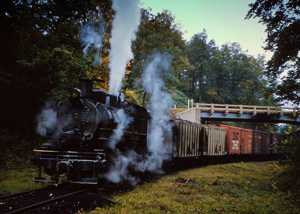



The corporate offices of the VBR were originally sited at Massies Mill until 1953, when they were relocated to a new brick structure erected next to the Piney River station (originally known as “Canody”). The engine house was also located at Piney River, just West beyond the VA Route 151 (present-day Patrick Henry Highway) grade crossing. It was an area that was visited by many rail photographers over the years, eager to capture on film the steam operations of the VBR, with its friendly train crews, shop and office staff.

Front Row: (L to R) “Mutt” Dickinson; Bob Jones; George Smith; William Campbell,
brakeman; Earl Napier, brakeman; Jessie Smith (brother to George Smith).
Back Row: Tom Milstead, Master Mechanic; Parker Napier, conductor; Judith Moore;
Richard Morgan; Billy Napier (brother to Parker), locomotive engineer; Mike Drumheller,
Superintendent; Dickie Lawhorne; Marion Sprouse; Joe Leebrick, track foreman.
Photo Credit: Marion Sprouse, Locomotive Engineer, VBR; Courtesy of Paul Saunders – ‘Heartbeats of Nelson’
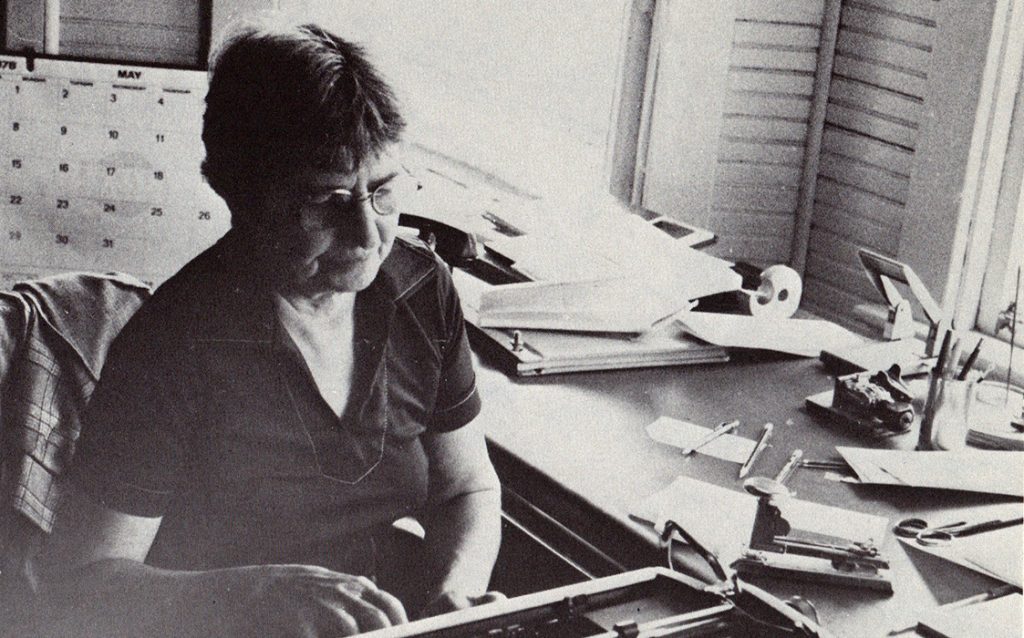

and lubricated at Piney River, Nov. 1960
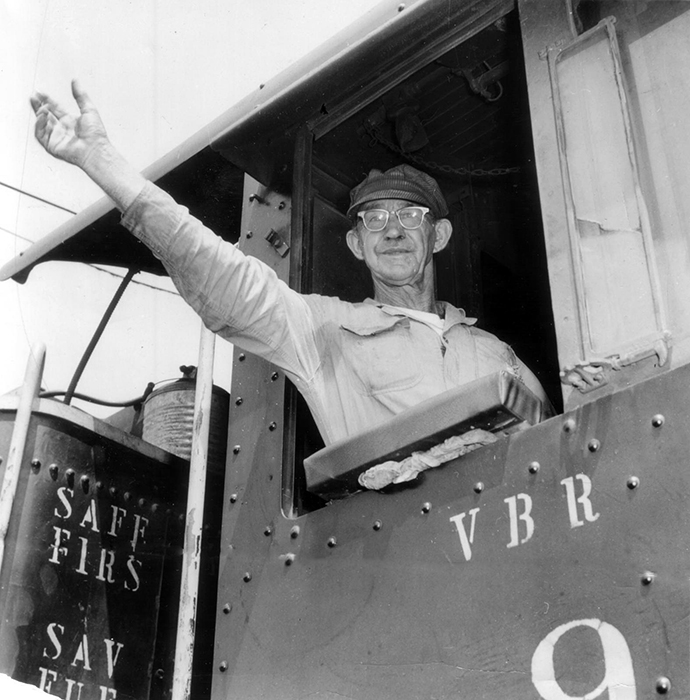
waves from the cab of No. 9, circa 1961

(right) Engineer William F. ‘Billie’ Napier at Piney River, circa 1960
